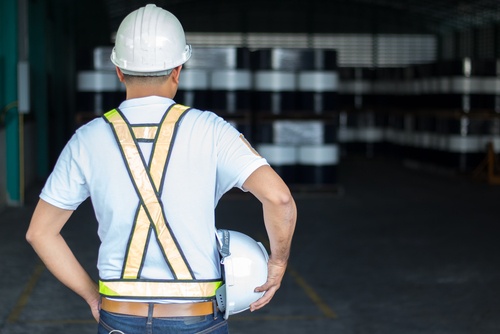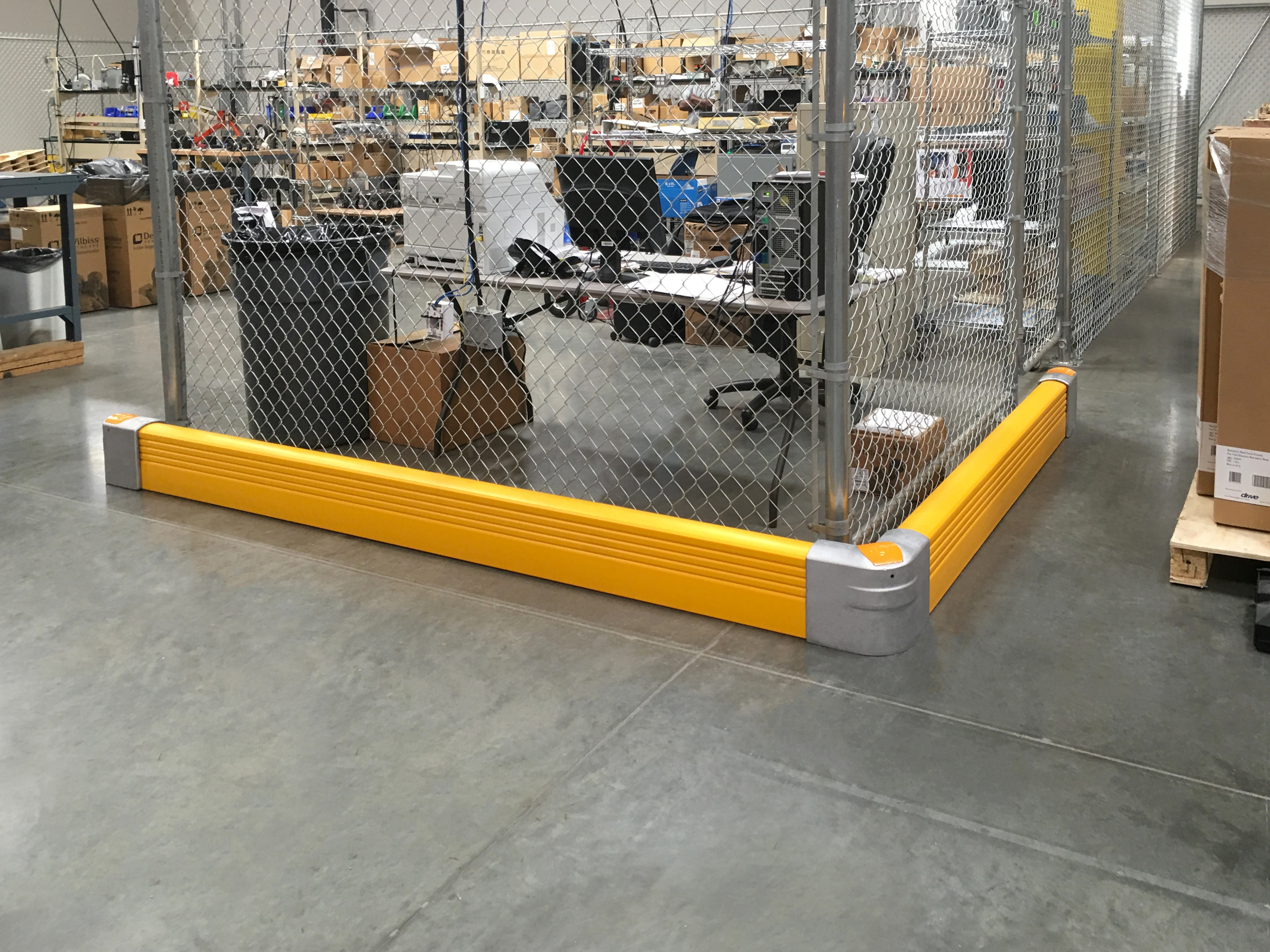When you conduct a risk assessment, you don't want the result to simply be that you've checked the box and done your duty. Instead, you want to engage employees, so that they are able to take charge and work both individually and as teams to promote risk avoidance in the facility.
What can you do to make your presentation engaging, and how you can bring those employees into the fold so you see better results in the long-term?

Encourage Results Even Before You Begin
There are various ways of engaging people at all levels of a company, and ways that bring the value of the risk assessment home to people at all levels of the business, whether they be employers or employees. The first way to engage people on any matter is to bring them into the fold at the very start of the project. If you want to encourage action later, it starts long before you present the results. In fact, you should be drumming up enthusiasm before you even first walk onto the site to ask questions.
To that end, making every facility employee aware of the fact that a risk assessment is required and describing why it's required is critical to your success. Send out an email to all staff members letting them know when and how you will carry out the assessment — and don't forget the why. Tell them you will be seeking feedback both during and after the process. Even if this email doesn't set their hearts afire, it will prepare employees for your presence on site and provide validation, as it answers for the common objection: "How should someone in a corporate office somewhere know anything about what happens here on the ground?"
Next, actually go on site, as your email detailed. Gain a good understanding of every task and role and how they're currently carried out, as well as how they need to be carried out for minimal risk. Get everyone involved so they begin to get excited about your efforts and their own contributions.
Speak to as many people as possible, and if there isn't already a Health and Safety committee set up in the facility, use this time to scope and find possible members. A committee gives you a champion in each department, such that all health and safety messages are properly translated. It also gives you an ear to the ground in the event that you are unable to actually be on site when reassessment is required. Choose members at all levels of the business so everyone can stay in the loop. If this committee doesn't already exist, set it up prior to conducting your assessment.
Your Facility Risk Assessment Presentation
Set your presentation time immediately upon getting your risk assessment results complete. Get your slot booked and ready so you can begin to encourage change immediately. Before you present, complete in-depth research about how past risk assessments have been presented. What was the messaging? How did the employees receive that messaging? It's also a good idea to familiarize yourself with the types of risk that might emerge, so you can be armed with brilliant video demonstrations to use during the presentation.
Because you may be presenting to different group types, consider which types of videos are best for which groups. For managers and directors, hard hitting videos of near-miss or actual accidents can bring the message to life. Further, case studies about accident survivors can be powerful motivators. They tend to drive home the idea that Health and Safety is here to look after people, not to make jobs harder (which is how it's often seen). The most powerful presentations are packed with videos, case studies and even speakers who have survived an accident, who can cover what happened, why it happened and how the accident has impacted their lives.
For the senior members of the company, financial factors can act as motivators, as well. Of course, they also want to look after their employees. But they also want to understand how much a risk costs. Cover previous accidents and losses, including information about cases where someone in the building was prosecuted. That tends to make people wiggle around in their seats, both figuratively and literally. Fines and prosecution are the tips of the iceberg. Insurance premiums, reputation and morale can also suffer greatly — especially in the case of a fatality.
Shake Things Up
Ultimately, it's your job to be both realistic and empowering. You need to shake up the viewpoint of those who are not involved in Health and Safety, so they understand how their daily habits can have long-lasting impacts.
Whatever format you choose to use for your results presentation, remember the power of real-life scenarios, the value of engaging employees from the start, and the necessity of having your ear to the ground. Act on these three premises and you will be well on your way to helping all employees make important safety decisions and behavioral changes.




